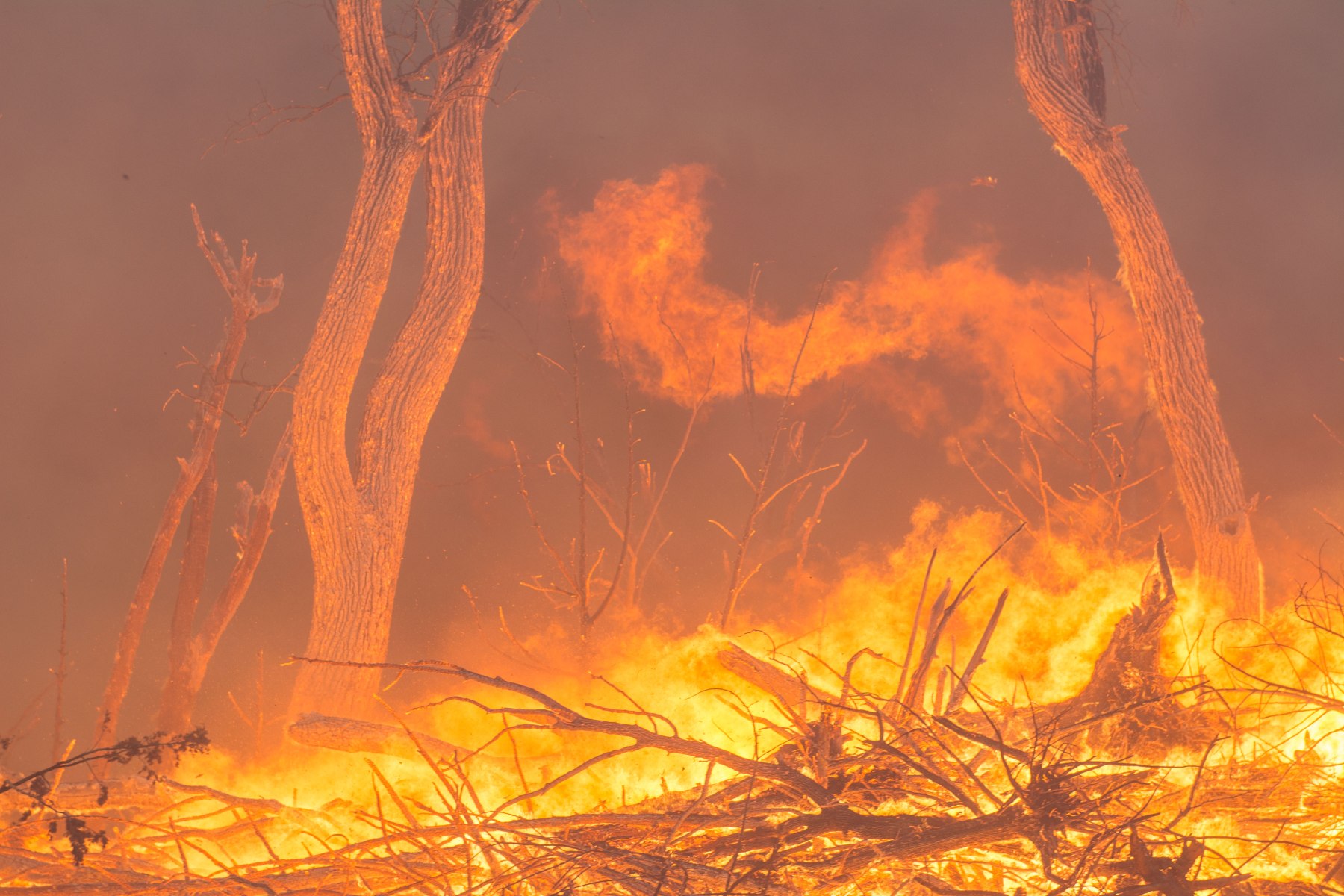 This year in Oklahoma, wildfires raced across western Oklahoma and burned more than 547 square miles. With over 400 pipeline operators with underground facilities in Oklahoma with 43,500 miles of pipeline, how do first responders know who to contact?
This year in Oklahoma, wildfires raced across western Oklahoma and burned more than 547 square miles. With over 400 pipeline operators with underground facilities in Oklahoma with 43,500 miles of pipeline, how do first responders know who to contact?
Enter the Oklahoma Pipeline Emergency Response Initiative (OKPERI).
OKPERI is a group of first responders and facility operators that came together to find solutions to this issue. There was a lot of discussion around the need for pipeline operators to know when wildfires and fire breaks are happening around their underground facilities.
The result of this task force was the Wild Land Fire Ticket. In the event of a wild land fire, first responders use Oklahoma’s One-Call Notification Center (OKIE811) system to create and deliver the Wild Land Fire Ticket, which notifies all underground facility operators that there are wild fires and fire breaks around their underground facilities. It is then up to the underground facility operator to decide how they want to respond to the notice.
The most beneficial piece to this process is that it is not unique to Oklahoma. It can be replicated across the country and adapted to mitigate damage based on the type of disaster, e.g. tornadoes, hurricanes, flooding, earthquakes, etc.
With this process first responders do not have to determine what underground utilities are in the vicinity and attempt to contact each operator, one at a time. Each state’s Call 811 has all underground utilities mapped in its system and can draw a polygon around the area of the disaster and immediately know which operators have underground lines in the area.
In Oklahoma, for instance, information on the ticket also includes the first responder organization in charge, onsite commander contact information and where they need to go if they send and employee to the area of the fire.
This has proven to be an efficient process that provides information to affected parties in a more timely manner and frees up resources so first responders can focus on the disaster.
Implementation of this process in Oklahoma has produced immediate and positive results.
